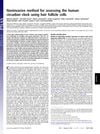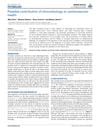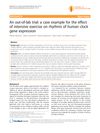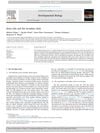Estimation Methods for Human Circadian Phase Using Peripheral Tissues
June 2016
in “
Hypertension research
”
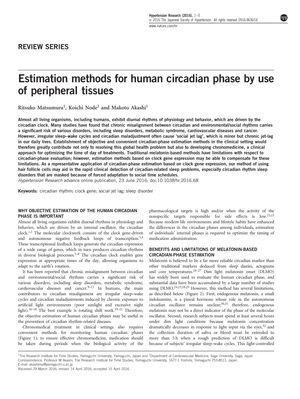
TLDR New method uses hair follicle cells to estimate human body clock phase, potentially improving sleep disorder diagnosis.
The document from June 23, 2016, presents a novel method for estimating human circadian phases using clock gene expression in hair follicle cells, which could aid in diagnosing circadian rhythm sleep disorders. This method is seen as more convenient and objective compared to traditional melatonin level assessments like DLMO. It involves collecting hair follicle cells and using real-time PCR to measure the expression levels of genes such as Per3, Nr1d1, and Nr1d2. By fitting a cosine curve to the gene expression levels at various times, the peak times of these genes can be determined, revealing potential circadian misalignment with an individual's lifestyle. The authors highlight the increased prevalence of circadian maladjustment due to modern lifestyle habits, such as the use of light-emitting devices at night, and suggest that their method could improve the diagnosis and treatment of sleep disorders by providing an objective assessment of circadian phase to guide therapy timing. However, they acknowledge that further research is needed to confirm the accuracy of this method in reflecting the central circadian phase and to address potential race-based differences in sample collection.
